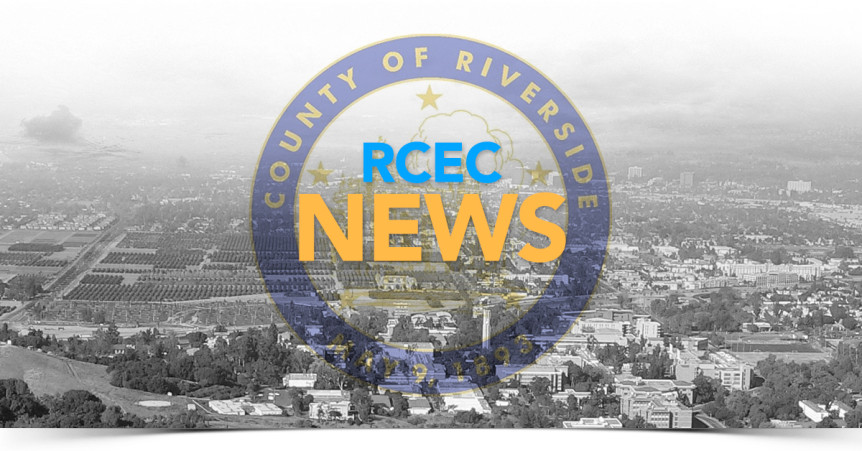Courtesy of Education Week | Catherine Gewertz
A group of researchers has kicked off a new initiative to change college admissions by focusing more on students’ projects.
The new initiative, called “Reimagining College Access,” is a joint project of the Learning Policy Institute and EducationCounsel, a Washington-based consulting firm. Its aim is to help colleges use more complex gauges of student learning—performance assessments—in admission, course placement, and advising.
Unveiled here this week, the project has just gotten off the ground, with early conversations by experts organized into three task forces.
One focuses on creating standards, or a process, that colleges and universities can use to judge the quality of the portfolios, capstone projects, and other pieces of work students submit. The idea is to create a shared system that enables quick “recognition” of project quality, the way 4s or 5s on Advanced Placement exams convey strong performance.
Another task force will build a network of states, districts, and higher education institutions that are already doing good work using such performance assessments, so they can serve as models to those interested in this approach.
The third task force is working on the digital puzzle of creating an online space to hold students’ work, and an accessible way to present it. At a meeting of college counselors and admissions and enrollment professionals here this week, leaders of the initiative shared an early mockup of what that online platform could look like.
The first page showed information that’s quicker and easier to digest, such as a student’s grade-point average, standardized test scores, class rank, and whether she played sports or joined the debate team. There was also space to display the results of performance assessments given in high school, with descriptors such as “advanced,” “developing,” or “proficient,” in each subject.
There was also an icon on the first page that would let admissions officers click through to see a more detailed view of those high school performance assessments. They could watch a video, for instance, of the student presenting a major research project to a panel of judges, and defending his arguments, or examine the data on which he based his science project.
Leaders of the new initiative cast it as a natural and valuable extension of a growing interest in performance assessment in secondary school. In a new report, they describe performance-assessment projects that have taken shape across the country in recent years, from New Hampshire’s widely followed statewide system and New York state’s longstanding performance standards consortium to California’s Envision Schools, a group of three charters that use a project-based learning approach, with students defending their research before panels of teachers and fellow students.
“Now we’re at the moment where we have to figure out how to communicate to colleges what these students have learned,” Linda Darling-Hammond, the president and CEO of the Learning Policy Institute and a Stanford University education professor, told the conference organized by the Center for Enrollment Research, Policy, and Practice, part of the University of Southern California’s Rossier School of Education.
Some colleges already include portfolios of student work in their admissions process, but the new initiative aims to increase those ranks. It imagines the expansion not only as a way to make college admission more authentic and meaningful, but also to support the use of performance assessment—and the project-based learning it’s based on—in high schools.
A large-scale expansion faces powerful obstacles, though, and it took only a few minutes to showcase them at this meeting. After their presentation, Darling-Hammond and her two colleagues, Roneeta Guha and Peter Ross, asked conference attendees what it would take for them to adopt the new approach to admissions.
“Research,” said Stu Schmill, the dean of admissions at the Massachusetts Institute of Technology. MIT already permits students to submit “maker portfolios,” but Schmill said that before MIT would embrace the LPI’s system, he’d want a bit more validation.
“We believe [performance assessments] are important and would predict student success, but we need to demonstrate that,” he said.
Another admissions professional piped up from the crowd: “Resources.” Amy Wittmayer, who oversees admissions in a graduate accounting program at the University of North Carolina-Chapel Hill, said that reviewing portfolios is labor intensive, and with so many candidates to review, staff capacity is an issue. “That’s a very real obstacle to this,” she said.
Then from the front row came another voice: “The absence of leadership and guts to implement this. That’s the real problem,” said Youlanda Copeland-Morgan, the vice provost for enrollment management at the University of California-Los Angeles.
The new initiative is one of several that have taken shape in recent years to reshape college admissions. In the wake of a backlash against standardized testing, most seek to downplay the importance of test results and put more emphasis on types of learning, and student attributes, that they consider more important and meaningful.
Making Caring Common, launched in 2016 by Harvard University’s graduate school of education, seeks greater attention to students’ character in admission, such as how they’ve contributed to their families and their communities. The Coalition for Access, Affordability, and Success, which also began in 2016, is a push by elite institutions to pay special attention to admitting and supporting students from traditionally underserved groups. Its 130-plus members share a common application that includes a digital “locker” of student work.

